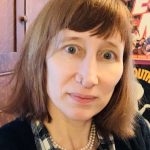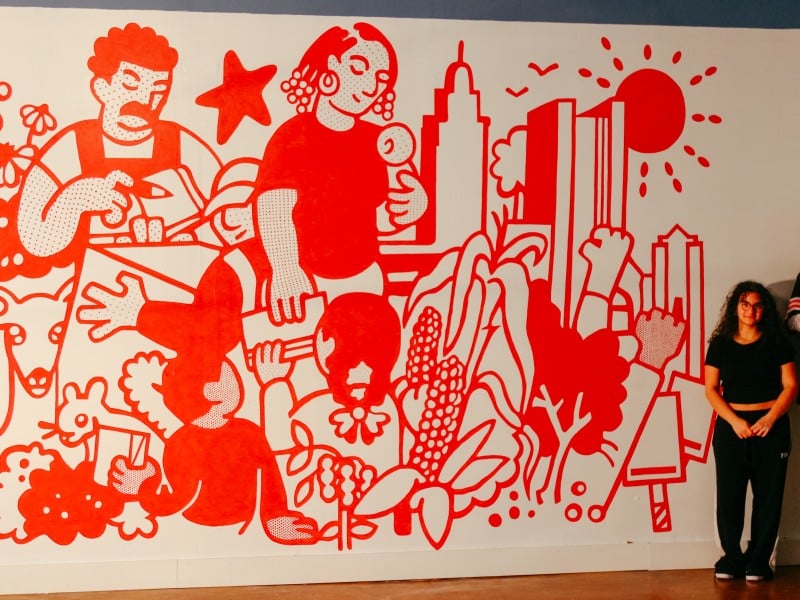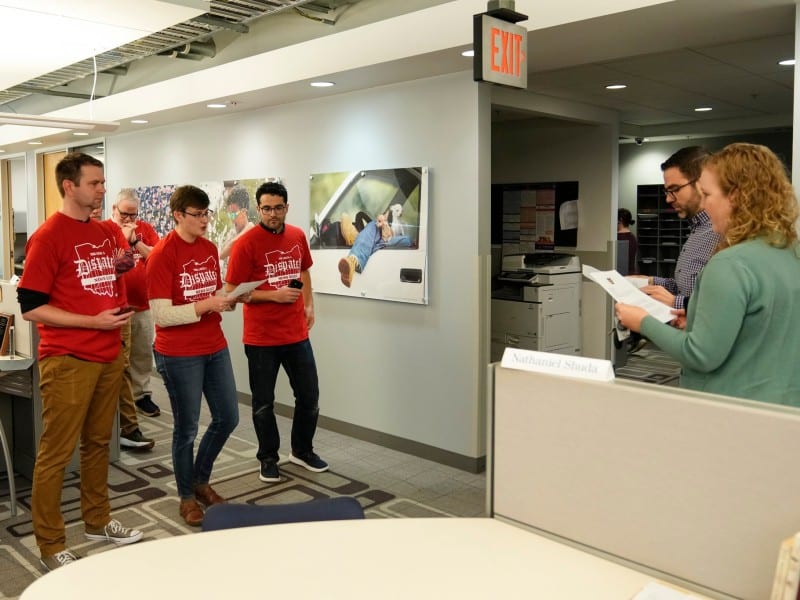Central Ohio indigenous group raising funds to buy back land
“We were invisible unto ourselves,” Ty Smith of Native American Indian Center of Central Ohio said about indigenous people. The organization hopes to raise $250,000 to build a community center.
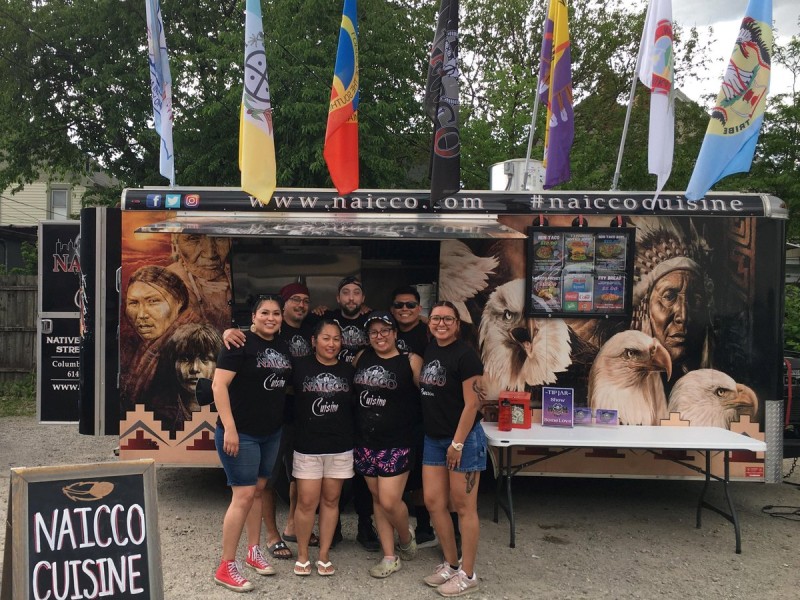
In the 1840s, Native Americans in Ohio and other eastern states were pushed west. But, in 1956, the Indian Relocation Act encouraged them to come back. Now, the Native American Indian Center of Central Ohio has launched a capital campaign to purchase land of their own. While NAICCO’s campaign is all their own, the Land Back or Landback movement has spread throughout the United States and Canada.
“To have this place to call home, I think that’s been in everyone’s heart,” Ty Smith, project director for NAICCO, said of the NAICCO community. “Maybe our story, and the writing of a new, successful chapter in Native history could influence others.”
The Relocation era, from 1956 until the mid-1970s, saw Native Americans leave reservations for major metropolitan areas designated by the federal government. Native people, separated from their families, friends, and familiar surroundings, sought out others. They formed Indian centers.
“This is basically their version of creating space, representative of home, their home away from home,” Smith said.
Now, NAICCO plans to further establish their home away from home with their own, permanent headquarters. The organization has launched their Land Back NAICCO campaign in pursuit of this goal.
NAICCO is more than halfway to their fundraising goal
The first phase of a capital fundraising effort, NAICCO leadership realized that it was important for the organization to have its own home, to strengthen their programming and have a sense of ownership over their future. Phase one of the campaign has a $250,000 goal for the purchase of at least 20 acres of land. As of the end of October 2022, just over $159,880 had been raised through donations and funds from the Land Back NAICCO campaign. Phase two will focus on construction funding.
“Landback” isn’t a concept unique to NAICCO. Native organizations throughout the United States and Canada have acquired land to manage as they see fit, whether using it for organizations, a community garden or as a nature preserve. Landback is also a command, a demand to right wrongs. While the concept focuses on land, it is about what that land can enable: sovereignty.
NAICCO’s own home would be a showcase for the community’s strengths and a center for the organization’s programming. After phase one of the campaign is complete, NAICCO will determine the specifics of their new home by revisiting their foundational and planning documents and engaging with their community. While the details are yet to be determined, the vision is clear. “NAICCO will continue to honor the original focus areas brought forth by the community years ago, which are: cultural restoration and preservation, community development, and economic development and sustainability,” said Smith. “These three long standing pillars have been foundational to our history, mission, and vision, and will continue to guide our steps going forward in the future development of the Bigger & Better NAICCO dream,” Smith said. “What our people have talked about is how awesome it would be to call a place home, here in Central Ohio,” Smith said. “A place where we could gather, where we could be ourselves, and where we can be open to expressing the parts of our lives that are important to us…doing it together, as an intertribal community.”
The new campaign is only one facet of NAICCO’s work to build community
When Smith’s wife, Masami Smith, agreed to serve as interim director of NAICCO in 2011, she and Ty quickly realized the organization needed guiding documents to determine its course forward. The Smiths, along with the members of NAICCO, began to establish the foundational documents and funding sources that continue to guide and support the organization today.
Ultimately their work led to the NAICCO Blueprint, which has three pillars. The three pillars are interrelated; members of the NAICCO community wanted to maintain their knowledge and grow their children’s knowledge of Native ways and practices. These cultural activities helped bring Native people together and create a sense of interconnectedness and community development.
“We were invisible unto ourselves,” Smith says, citing the low percentage of Native Americans in Ohio.
One of NAICCO’s ongoing programs are trips to gatherings, events and reservations across the United States. These experiences support familial, tribal and community connections and give children and young adults a broader sense of their Native communities. Finally, the Economic Development and Sustainability pillar helps ensure these services and support will be there for future generations.
However, the Economic Development pillar has also supported the other two pillars in the more immediate term. While grants were helpful for planning and programs, NAICCO was hesitant to be overly dependent on that funding source.
“We had to find a vehicle for creating revenue,” Smith said. After looking at a number of options, NAICCO settled on making and selling Native American food through NAICCO Cuisine.
NAICCO Cuisine started as a pop-up tent and has graduated to a food truck. NAICCO Cuisine is an important sustainability component of NAICCO. It started in 2020, a difficult time for beginnings, but the organization approached the challenge creatively, offering a series of to-go platters showcasing food from different tribes and places Native Americans call home. The reception for NAICCO Cuisine has been very positive.
“Kudos to Central Ohio,” Smith said. “Kudos to the people who make us feel welcome.”
With their own property and infrastructure, NAICCO will be able to welcome folks to their own home, on their own land, in a place their Native ancestors had been forced to leave.
“Part of our story is about learning to navigate the pathways of two worlds simultaneously, and we hope that having a place will help us to do that,” Smith said.
